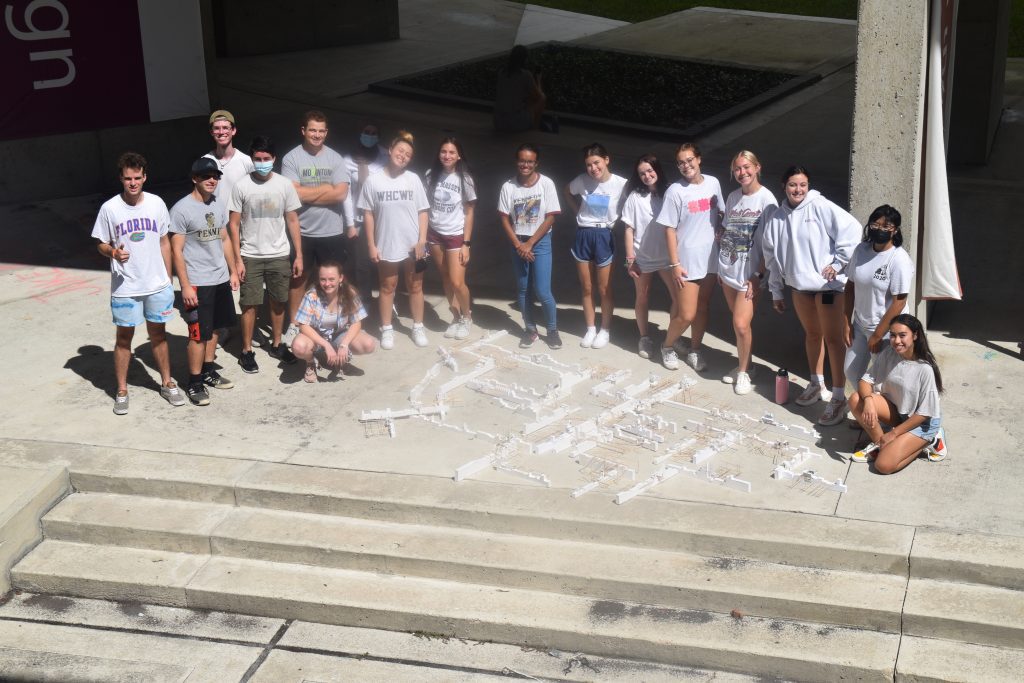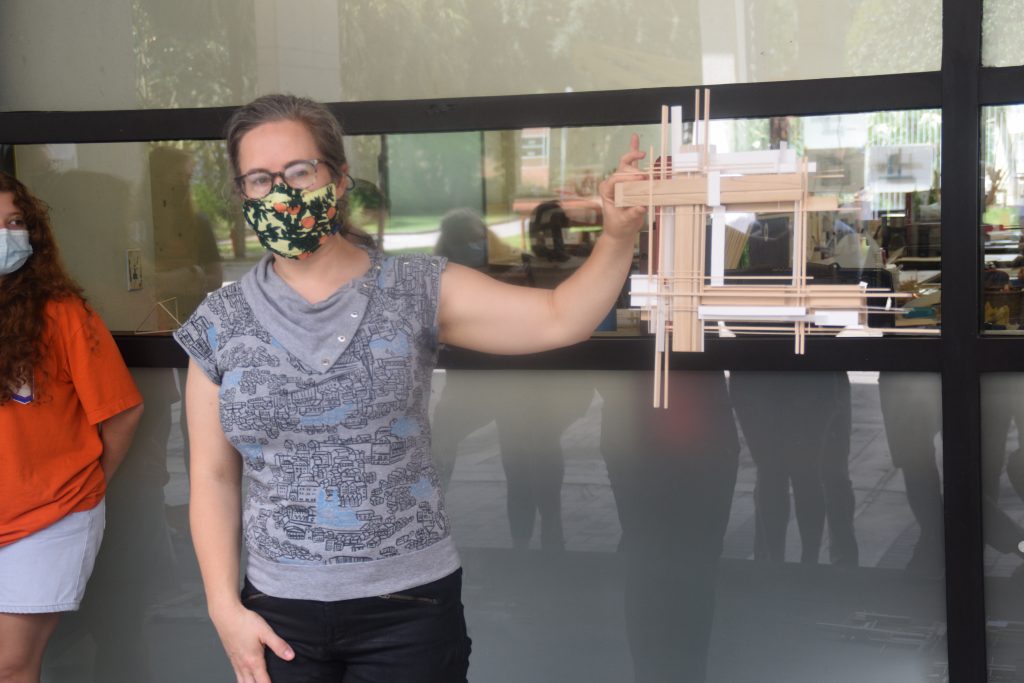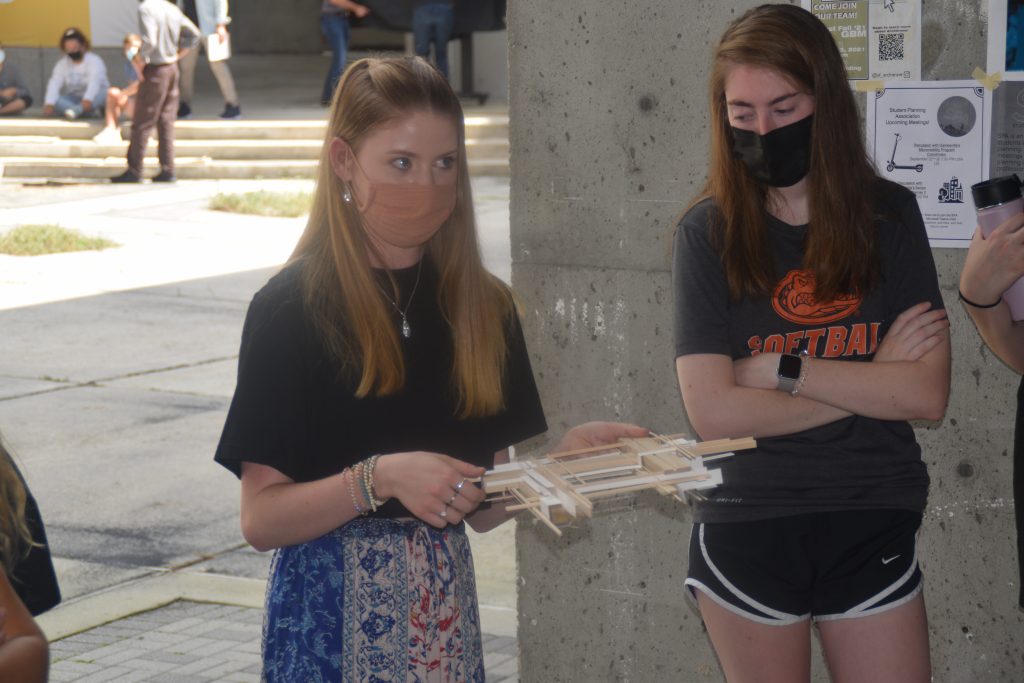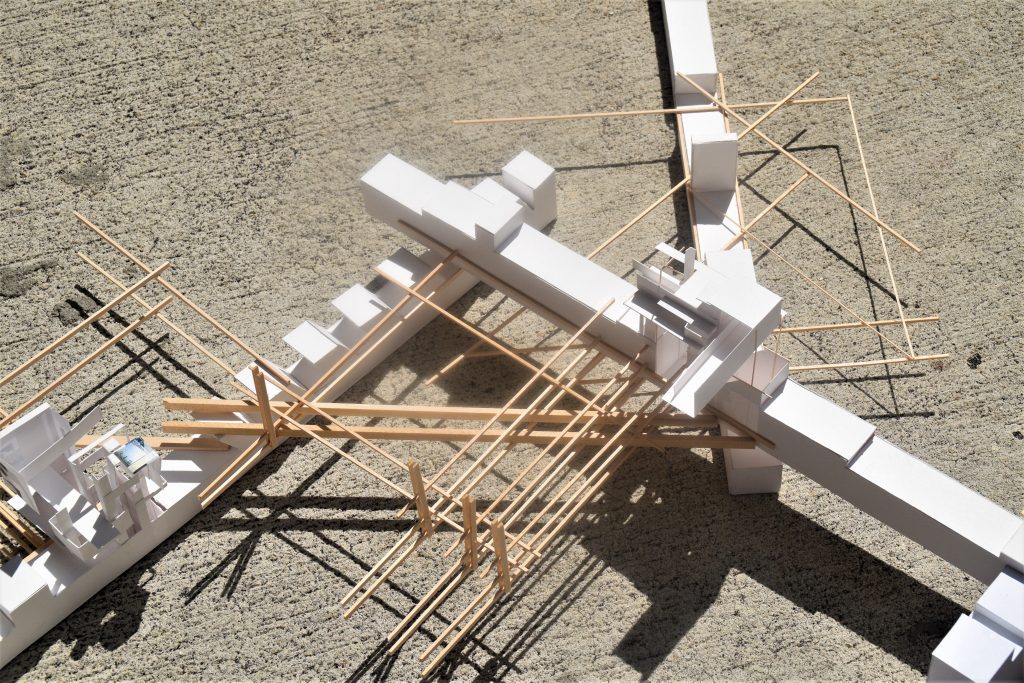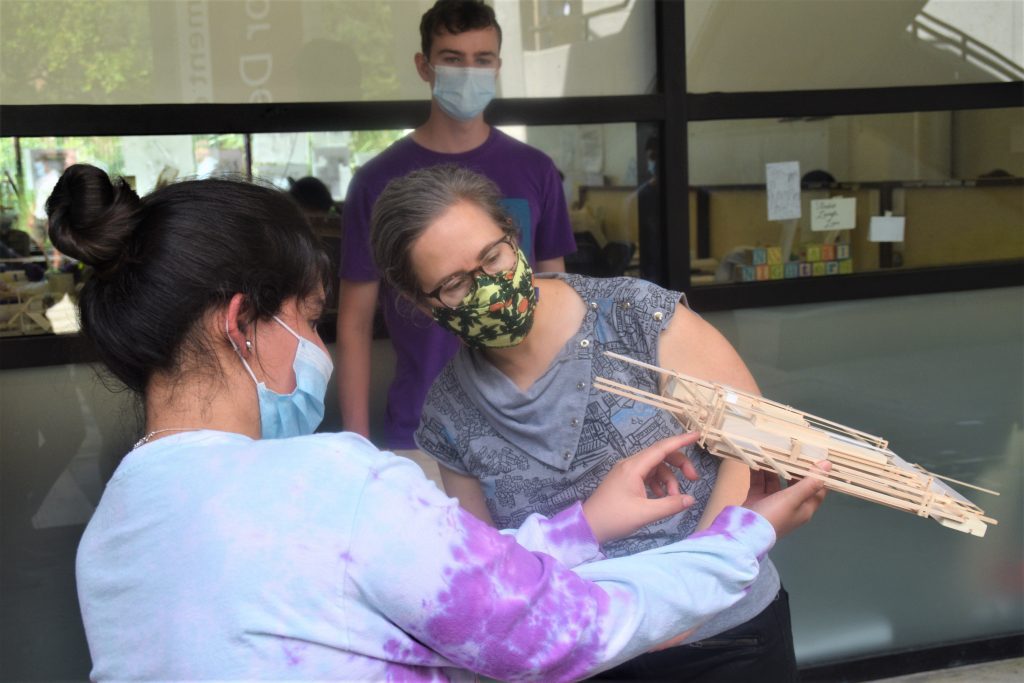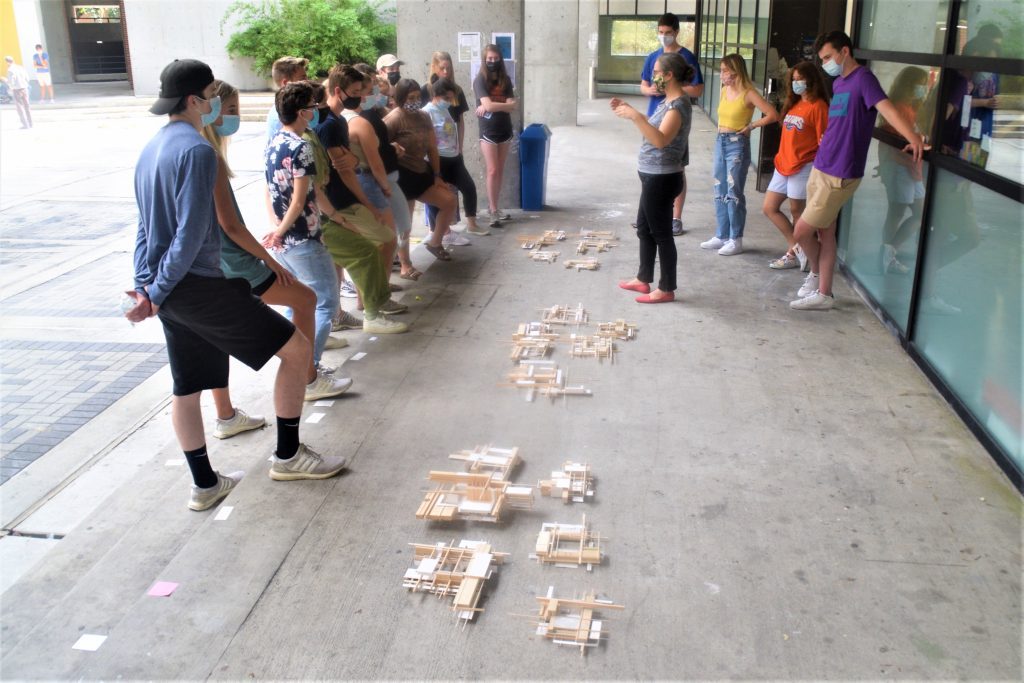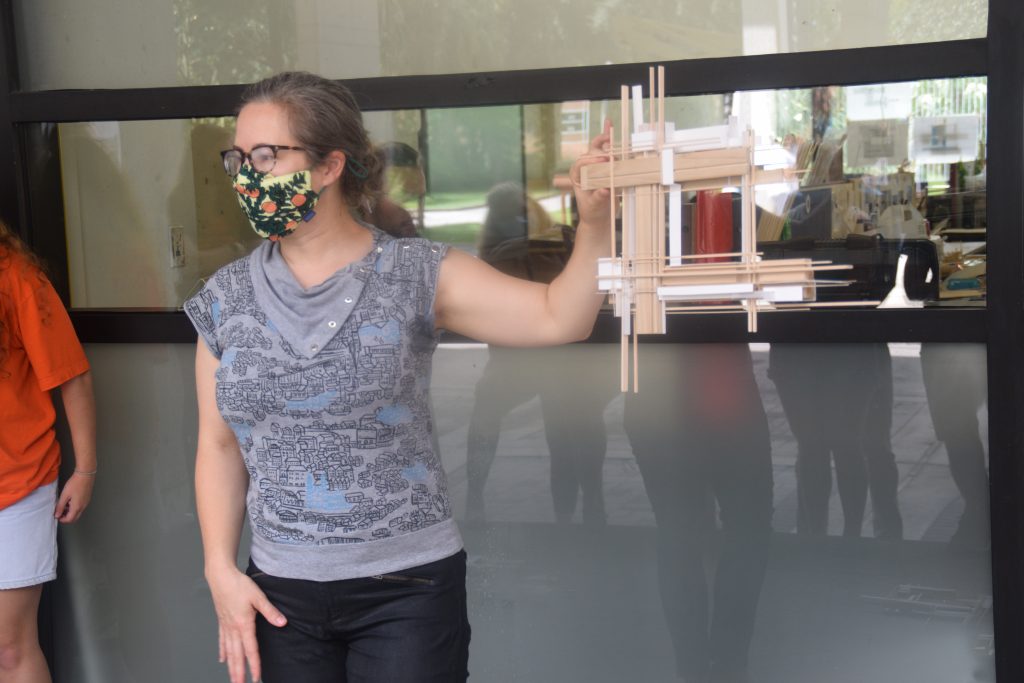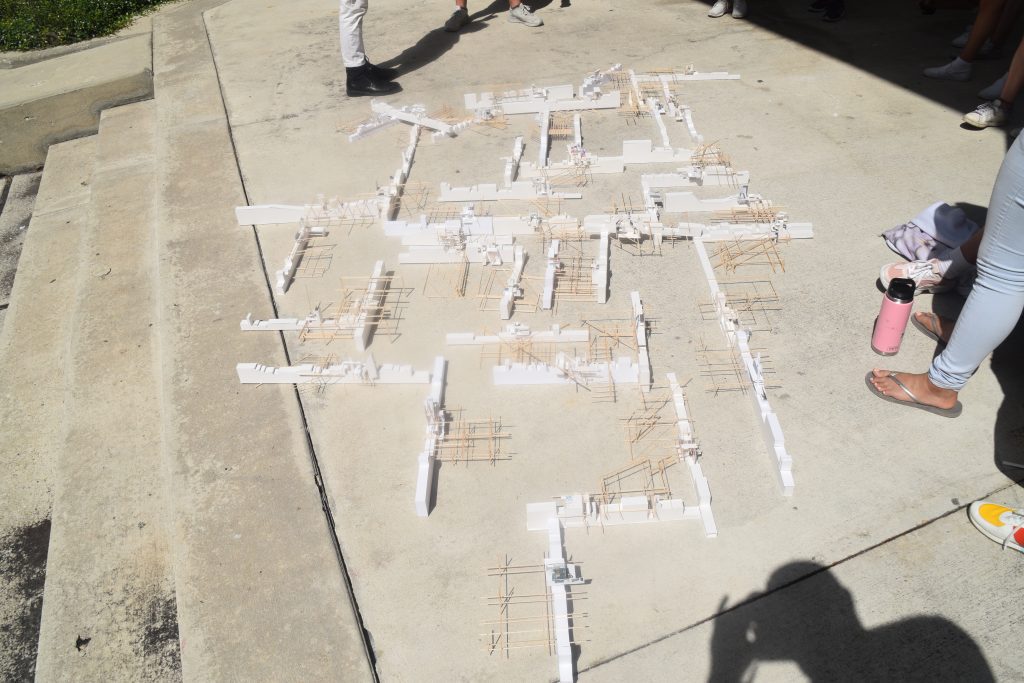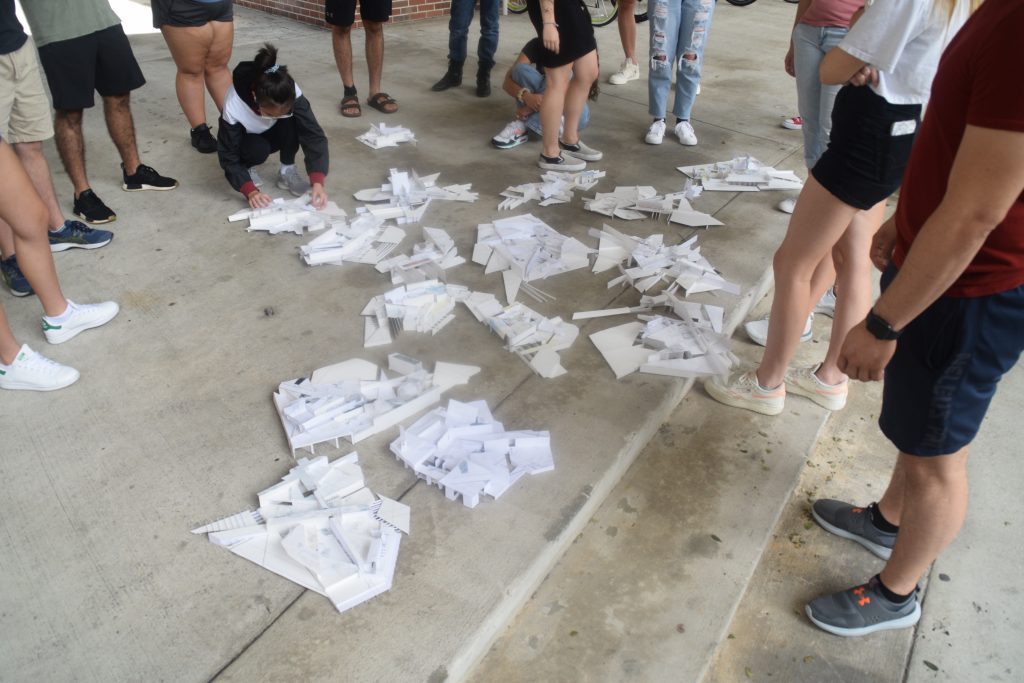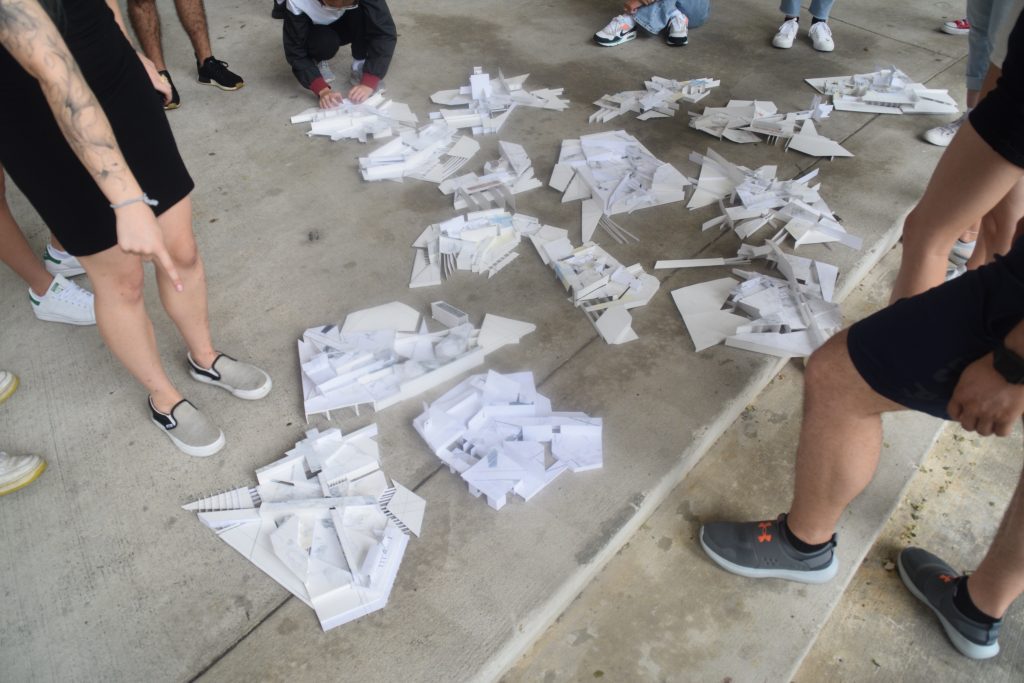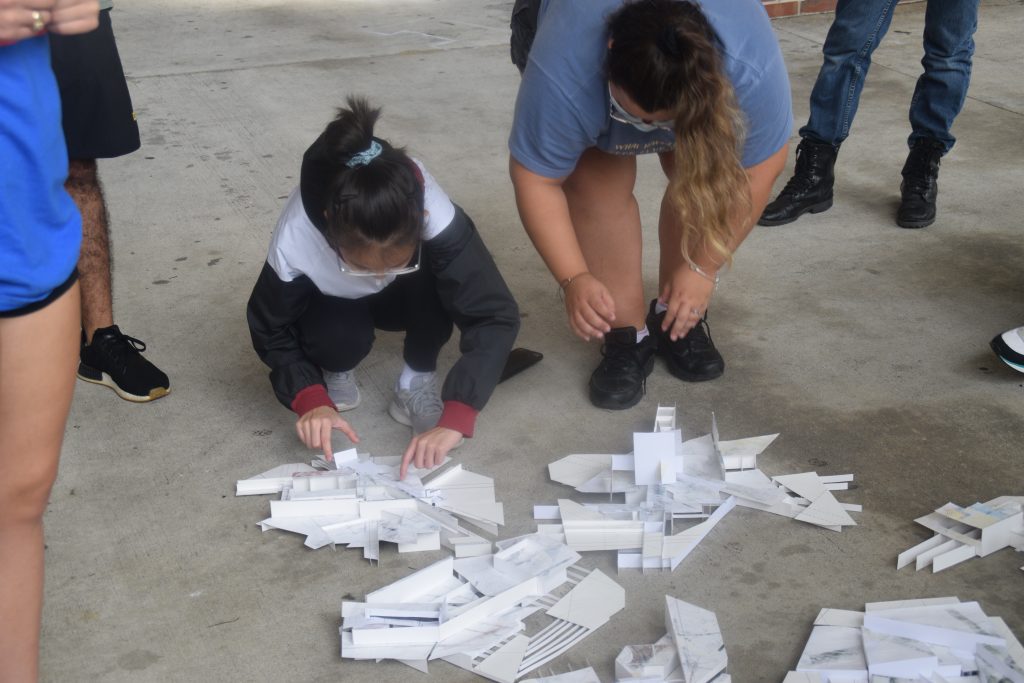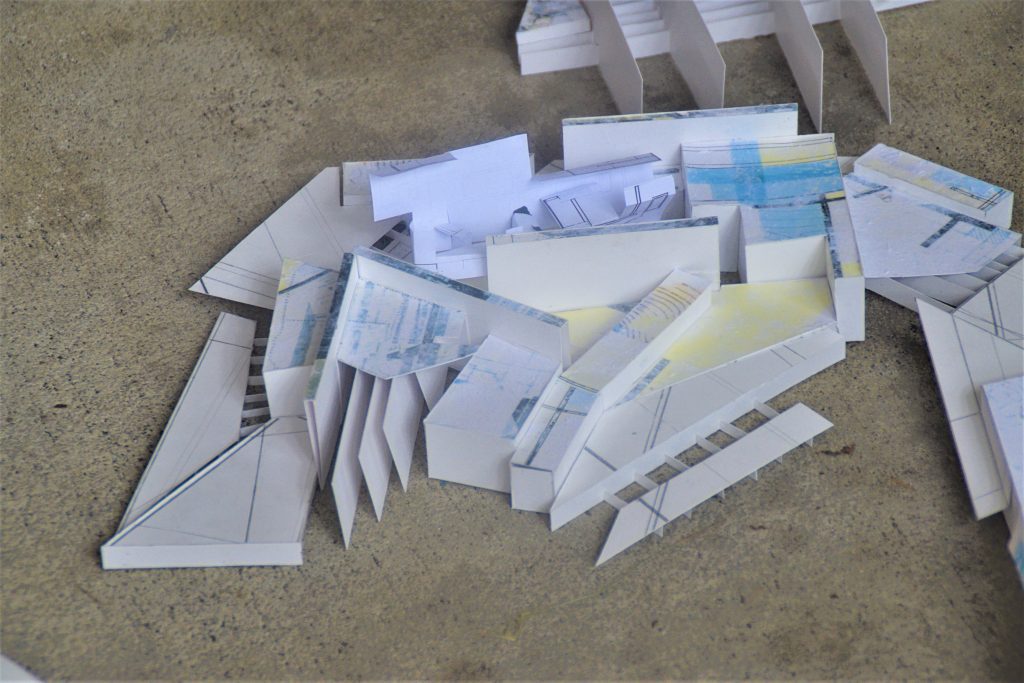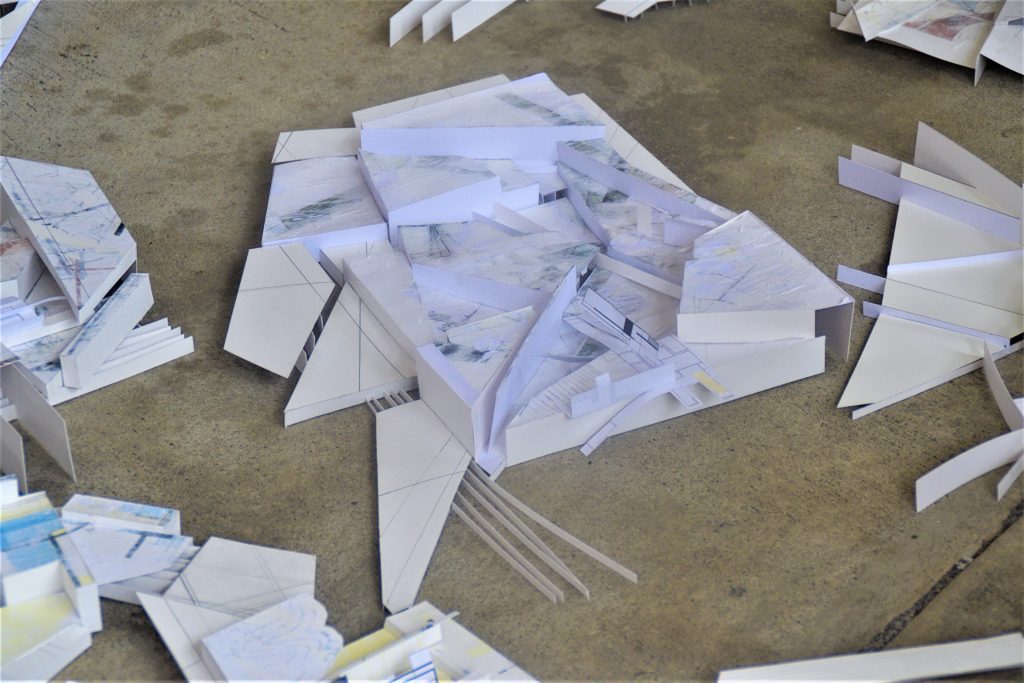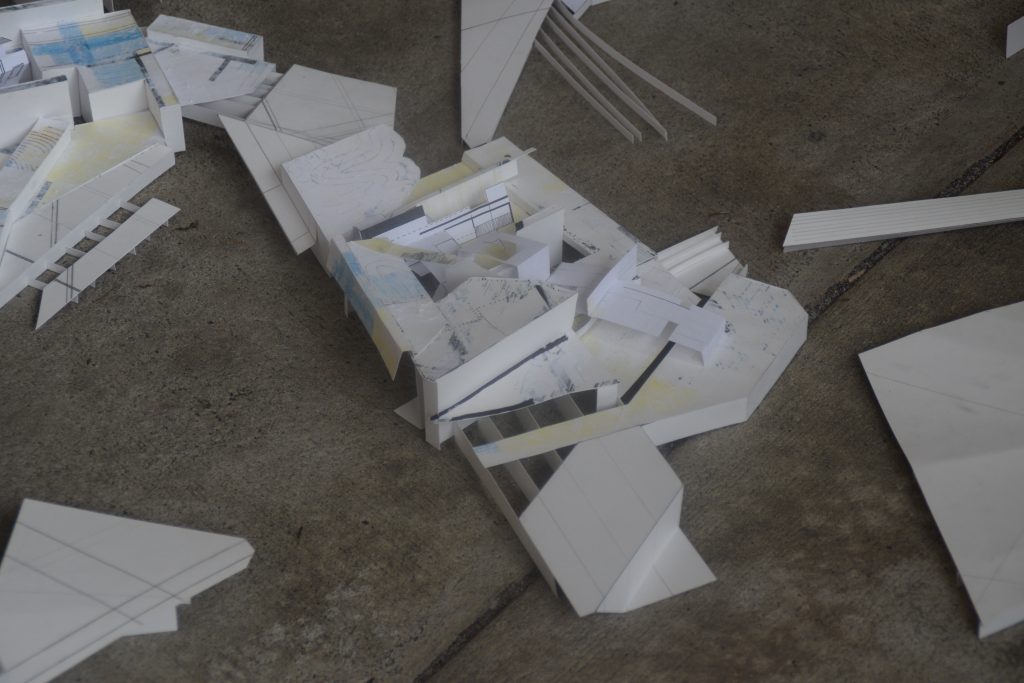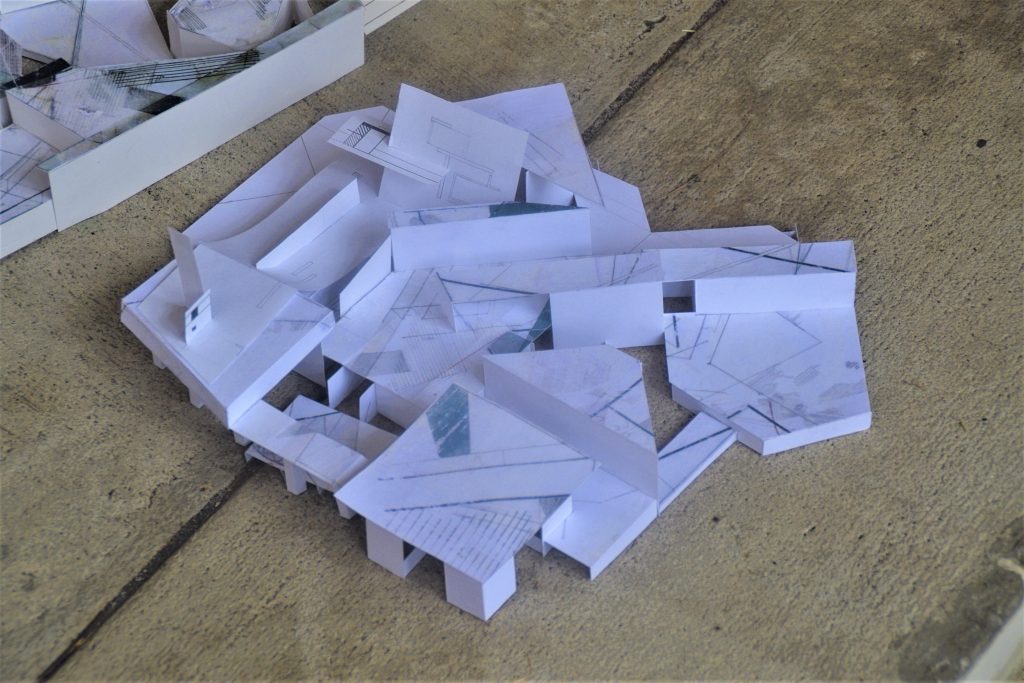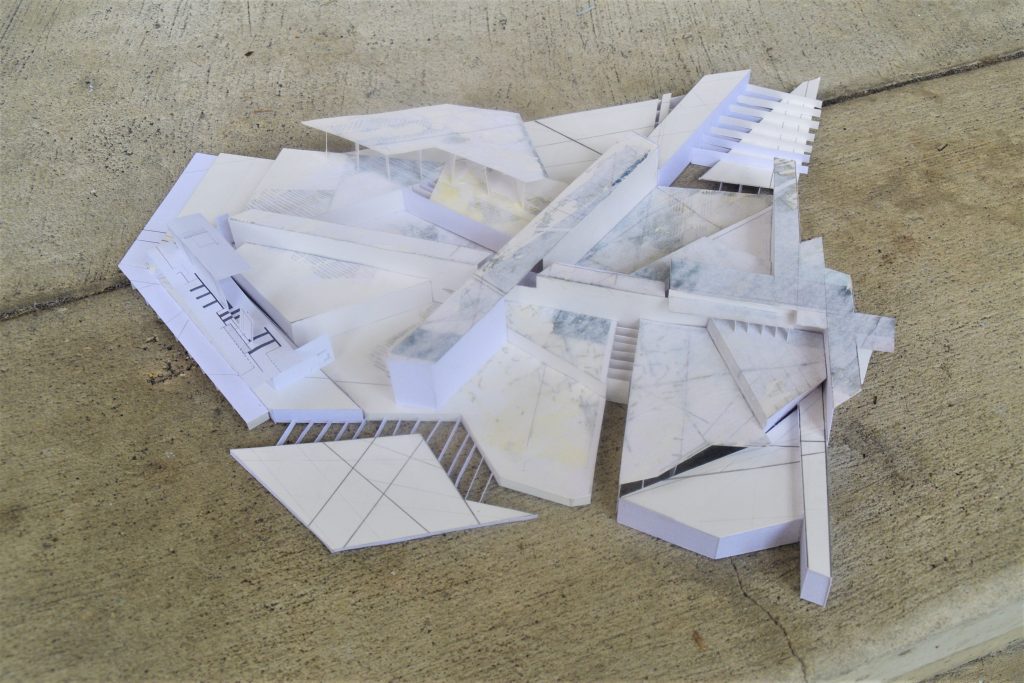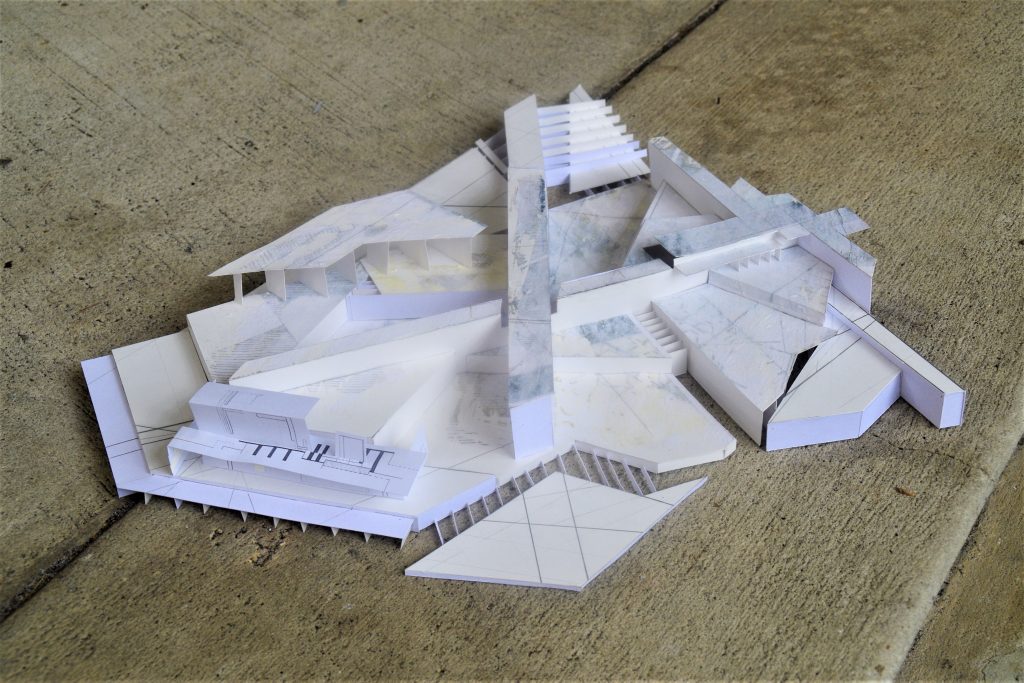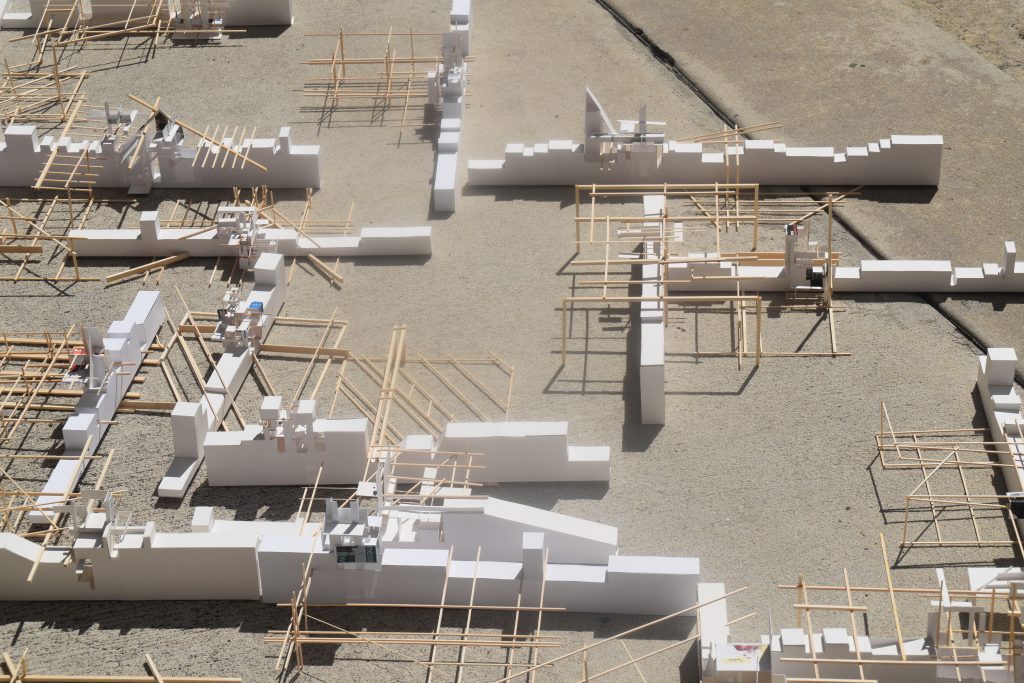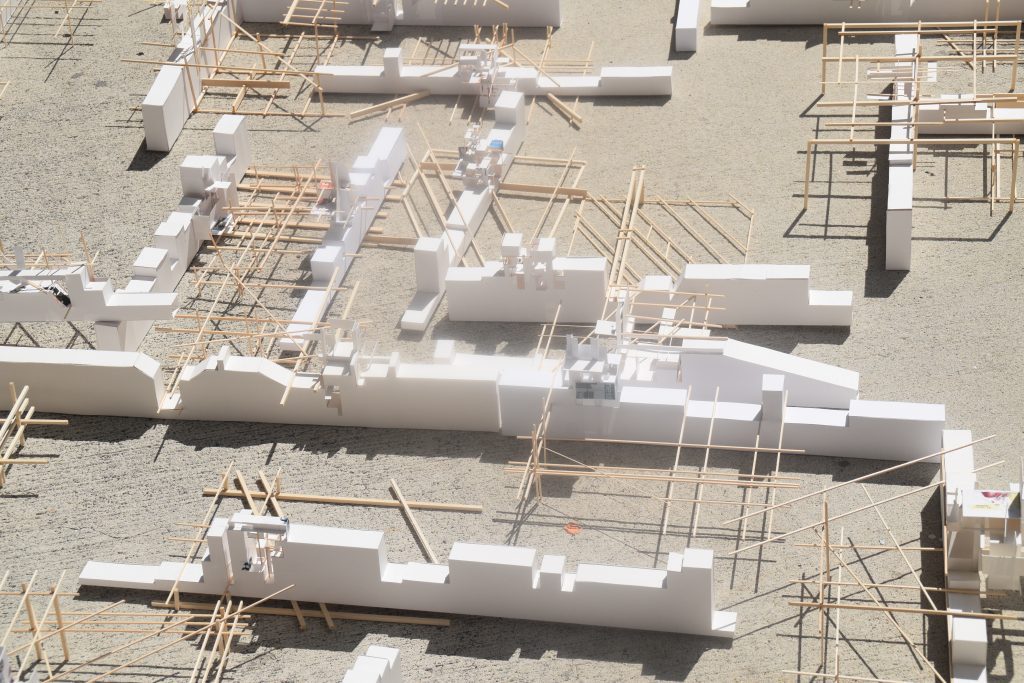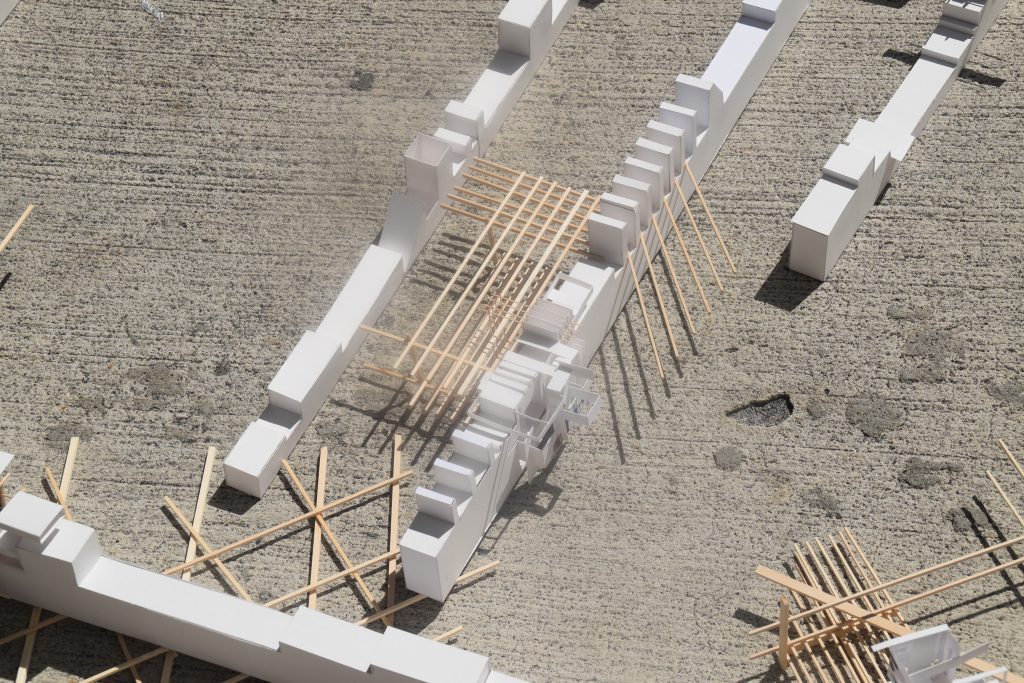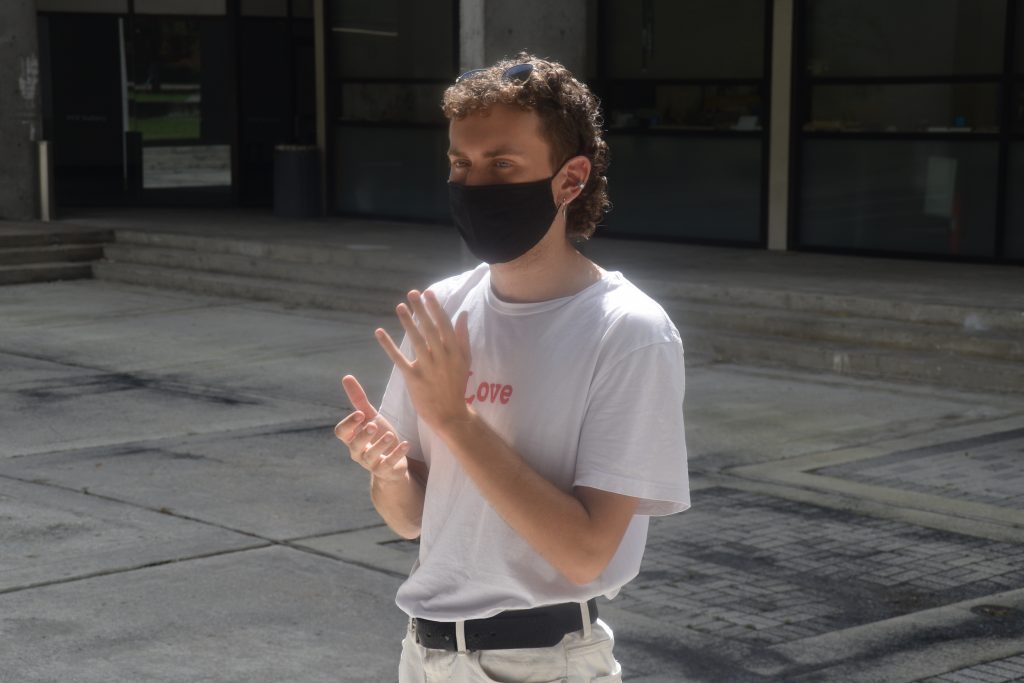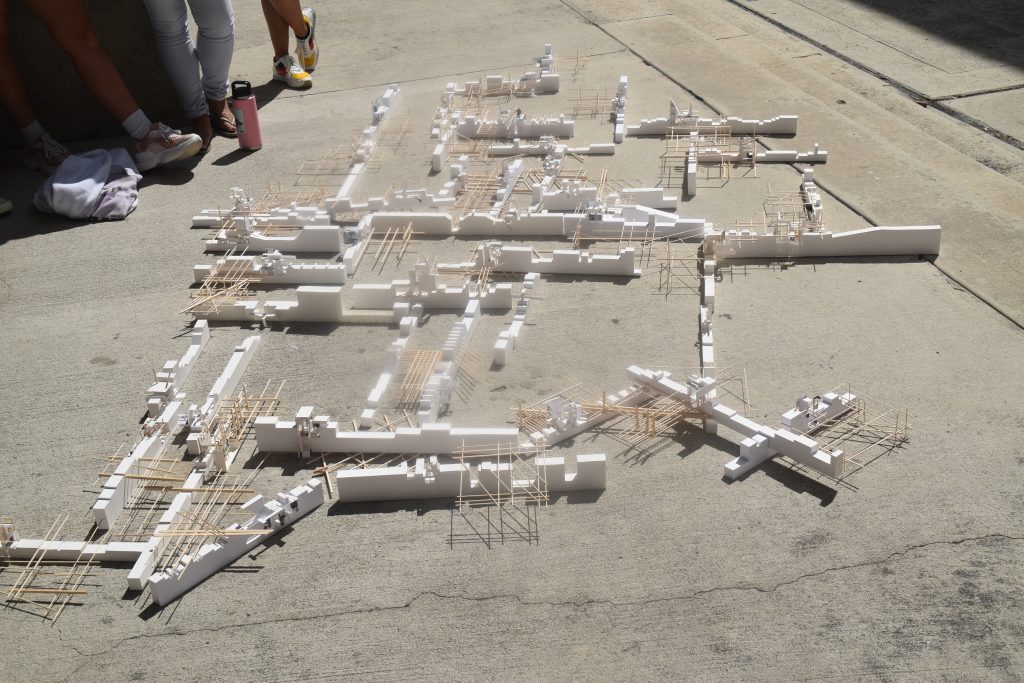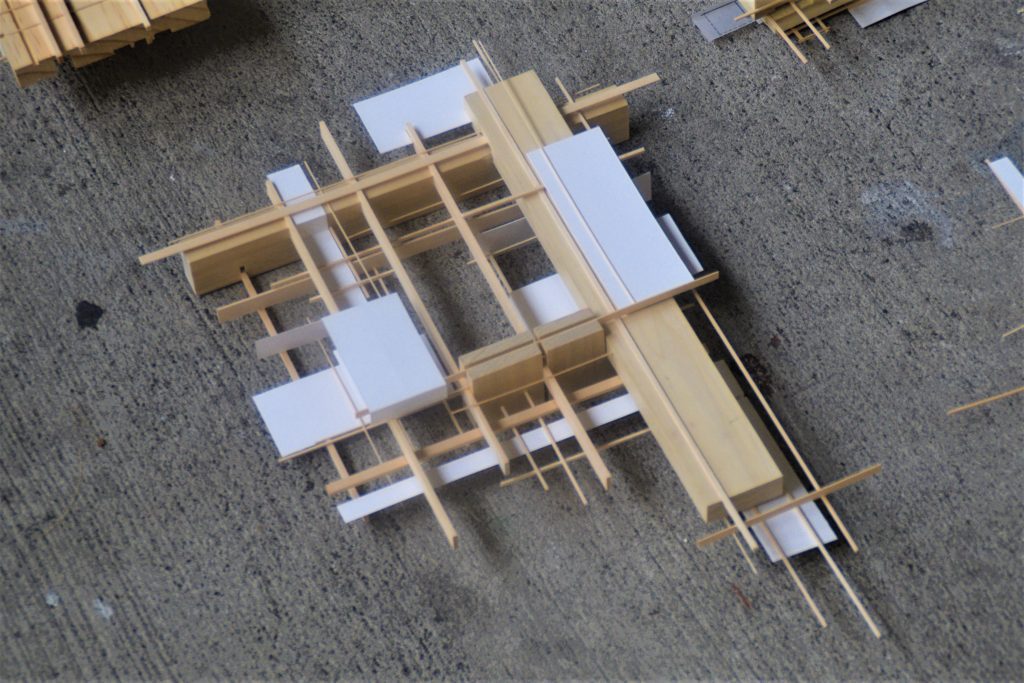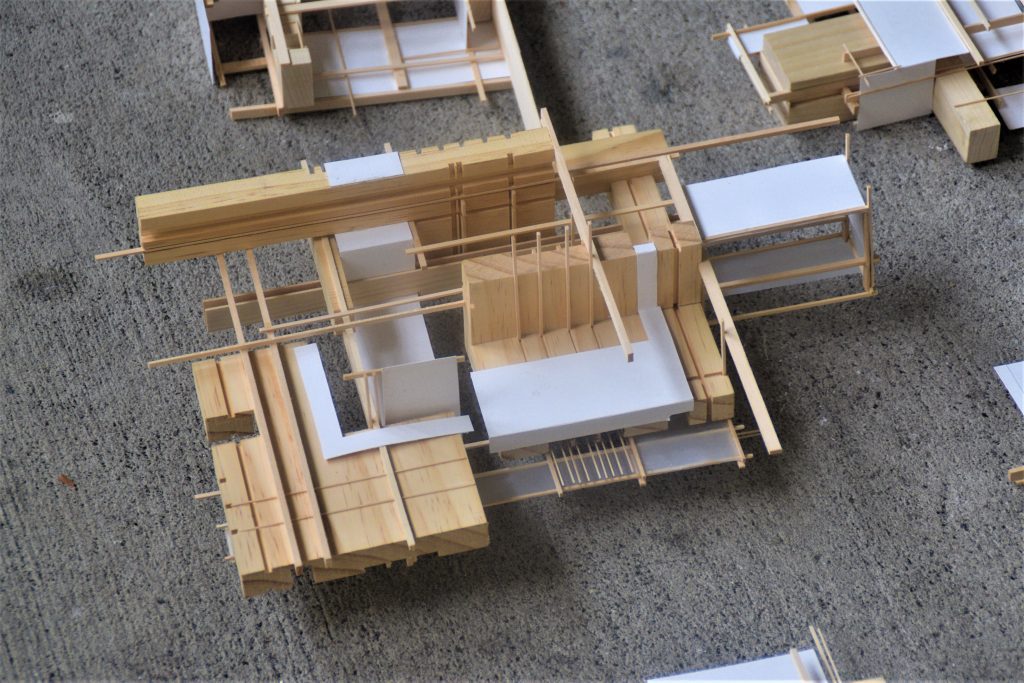Description Courtesy of:
Mark McGlothlin
Associate Director of Undergraduate Programs
Edward M. “Ted” Fearney Endowed Associate Professor of Architecture
“The project currently underway addresses these ideas of a marked context. The students would likely refer to the project as “ruins,” though the idea of ruins reaches well beyond the fragments of a previous time. The studios are all at slightly different stages of development, though I think all have shifted from analytical beginnings to more targeted responses (what is there, what is brought to it, and why…). I should also note that D3 centers on idea of process rather than product, and more so, on working through iterations. If you watch the work of the studios over the next couple of weeks, you’ll see how an early exercise is reinterpreted and begins to generate a subsequent step, that in turn is redirected to a different end. I know that may sound vague, particularly if you’re looking at the studios from the outside – but that may be the point, as D3 is often more of an exploration than a scripted set of steps.
As for the relationship between the studios, we have eight D3 studios for the fall, with eight faculty. As such, we’ve set a clear set of objectives and/or constraints, while also allowing each studio to move independently. For example – all of us are working with an idea of ruin, but we’re also all working with different elements of ruins. We are all also working in different ways – drawings, models, materials, etc. This leads to the opportunity for studios to have a distinct identity while also maintaining a connection to one another. In this sense, the students have the opportunity to learn from their peers at multiple levels.”
